Dangerous Goods are articles or substances which are capable of posing a hazard to health, safety, property or the environment.
Dangerous goods discovered that are improperly packaged, not permitted in baggage, leaking, or hidden/artfully concealed are subject to civil and criminal penalties as appropriate.
Check the item list to see which common dangerous goods are allowed in checked and/or carry-on baggage and which are forbidden to carry. The checked baggage rules also apply to carry-on bags that are checked at the boarding gate or at ramp site.
Remember !! this is just a listing of common dangerous goods that may be limited by airline policies, if you don't see your item here it doesn't mean it's allowed in baggage. Please contact and check with your airline for their policies and conditions.

| Matches & Lighter | |||||
|---|---|---|---|---|---|
| Item | Requires airline approval | Check Baggage | Carry-on Baggage | Detail | |
|
|
Lighters a small cigarette lighter Unabsorbed liquid (desk/table lighters, antique wick lighters), Absorbed liquids, butane (Zippo type lighters and disposable lighters) |
ON ONE’S PERSON |
Quantity Limitations: Check with your airline policy Lighters that use liquid fuel but do not have an absorbent lining are forbidden. Absorbed liquid and butane lighters are limited to one lighter per passenger in carry-on or on one’s person. When a carry-on bag is checked at the gate or at planeside, any lighter in the carry-on must be removed from the bag and kept with the passenger in the aircraft cabin. |
||
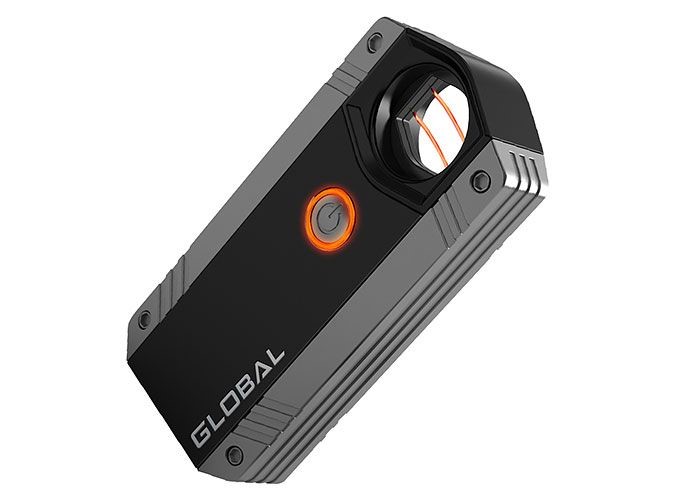 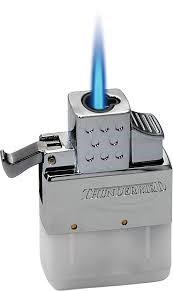
|
Blue flame, Cigar lighter, lighter power by the lithium batteries without safety cap | FORBIDDEN |
Butane torch lighters (a.k.a. blue flame lighters, jet flame lighters) are not allowed in the cabin |
||
|
|
ON ONE’S PERSON |
Quantity Limits: One book/packet of matches in carry-on or on the person. When a carry-on bag is checked at the gate or at planeside, any matches in the carry-on must be removed from the bag and kept with the passenger in the aircraft cabin. |
|||
| Strike anyway Matches | FORBIDDEN |
Strike-anywhere matches are forbidden in carry-on and checked baggage. |
|||
| Batteries & Electronics | |||||
|---|---|---|---|---|---|
| Item | Requires airline approval | Check Baggage | Carry-on Baggage | Detail | |
|
|
Batteries, dry cell |
NO |
YES |
YES |
This covers typical non-lithium dry batteries (alkaline, nickel metal hydride, nickel cadmium, etc.) in the most common sizes: AA, AAA, C, D, button cell, 9-volt, etc. Quantity limits: None Batteries must be protected from damage. Battery terminals (usually the ends) must be protected from short circuit (i.e., the terminals must not come in contact with other metal). Methods include: leaving the batteries in their retail packaging, covering battery terminals with tape, using a battery case, using a battery sleeve/pocket in a camera bag, or putting them snugly in a plastic bag or protective pouch. |
|
|
Batteries, Spare/loose, including lithium metal or lithium ion cells or batteries Rechargeable and non-rechargeable lithium batteries, nickel-metal hydride batteries, dry batteries, cell phone batteries, laptop batteries |
NO* The airline may approve the carriage more than 20 batteries |
NO | YES |
Articles which have the primary purpose as a power source e.g. power bank considered as spare batteries. Spare (uninstalled) lithium ion and lithium metal batteries, nickel-metal hydride batteries and dry batteries must be carried in carry-on baggage only. When a carry-on bag is checked at the gate or at planeside, all spare lithium batteries must be removed from the bag and kept with the passenger as carry-on baggage. The battery terminals must be protected from short circuit. This covers spare lithium metal and spare rechargeable lithium ion batteries for personal electronics such as cameras, cell phones, laptop computers, tablets, watches, calculators, etc. This also includes external battery chargers (portable rechargers) containing a lithium ion battery. For lithium batteries that are installed in a device (laptop, cell phone, camera, etc.), see the entry for "portable electronic devices, containing batteries" in this chart. Batteries must be protected from damage. Battery terminals (usually the ends) must be protected from short circuit (i.e., the terminals must not come in contact with other metal). Methods include: leaving the batteries in their retail packaging, covering battery terminals with tape, using a battery case, using a battery sleeve in a camera bag, or putting them snugly in a plastic bag or protective pouch.
Tip: *Watt hours (Wh) = Volts (v) x Amp hours (Ah). When milliamp hours (mAh) are given, divide by 1000 to get Amp hours (Ah). |
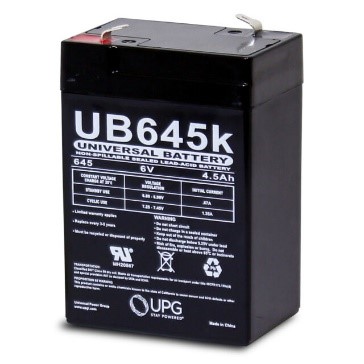 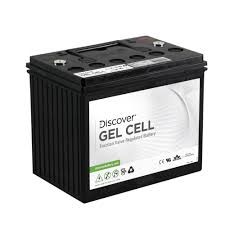
|
Batteries, non-spillable Small gel cell and absorbed electrolyte batteries for portable electronics |
YES | YES | NO |
This entry is for nonspillable batteries with absorbed electrolyte (gel cell, absorbed glass mat, etc.) used in portable electronic devices. It does not cover large vehicle batteries. For battery-powered wheelchairs and mobility devices, see separate entry in this table. The battery voltage must not exceed 12 volts and the battery watt hour rating must not exceed 100 watt hours. To calculate watt hours (Wh), multiply the battery's voltage (V) x Amp hours (Ah).
|
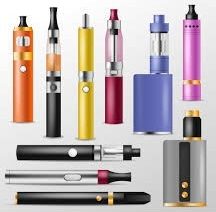
|
Electronic cigarettes, vaping devices Battery-powered E-cigarettes, vaporizers, vape pens, atomizers, electronic nicotine delivery systems |
NO | NO | YES |
These devices are battery powered and have a heating element that vaporizes liquid (that may or may not contain nicotine). These devices are prohibited in checked baggage and may only be carried in the aircraft cabin (in carry-on baggage or on your person). They may not be used or charged on the aircraft. When a carry-on bag is checked at the gate or planeside, all electronic cigarette and vaping devices, along with any spare lithium batteries, must be removed from the bag and kept with the passenger in the aircraft cabin. WARNING: Lithium batteries must be handled with extreme care. Lithium batteries must be compatible with the device. Installed batteries must not be more powerful than what the device is designed for. Homemade "modified" battery packs–whether installed in a device or carried as a spare–are forbidden on aircraft. Spare (uninstalled) lithium batteries must be placed in carry-on baggage. See separate entry in this table for spare lithium batteries. Note: Electronic cigarettes are illegal in Thailand Kingdom. |
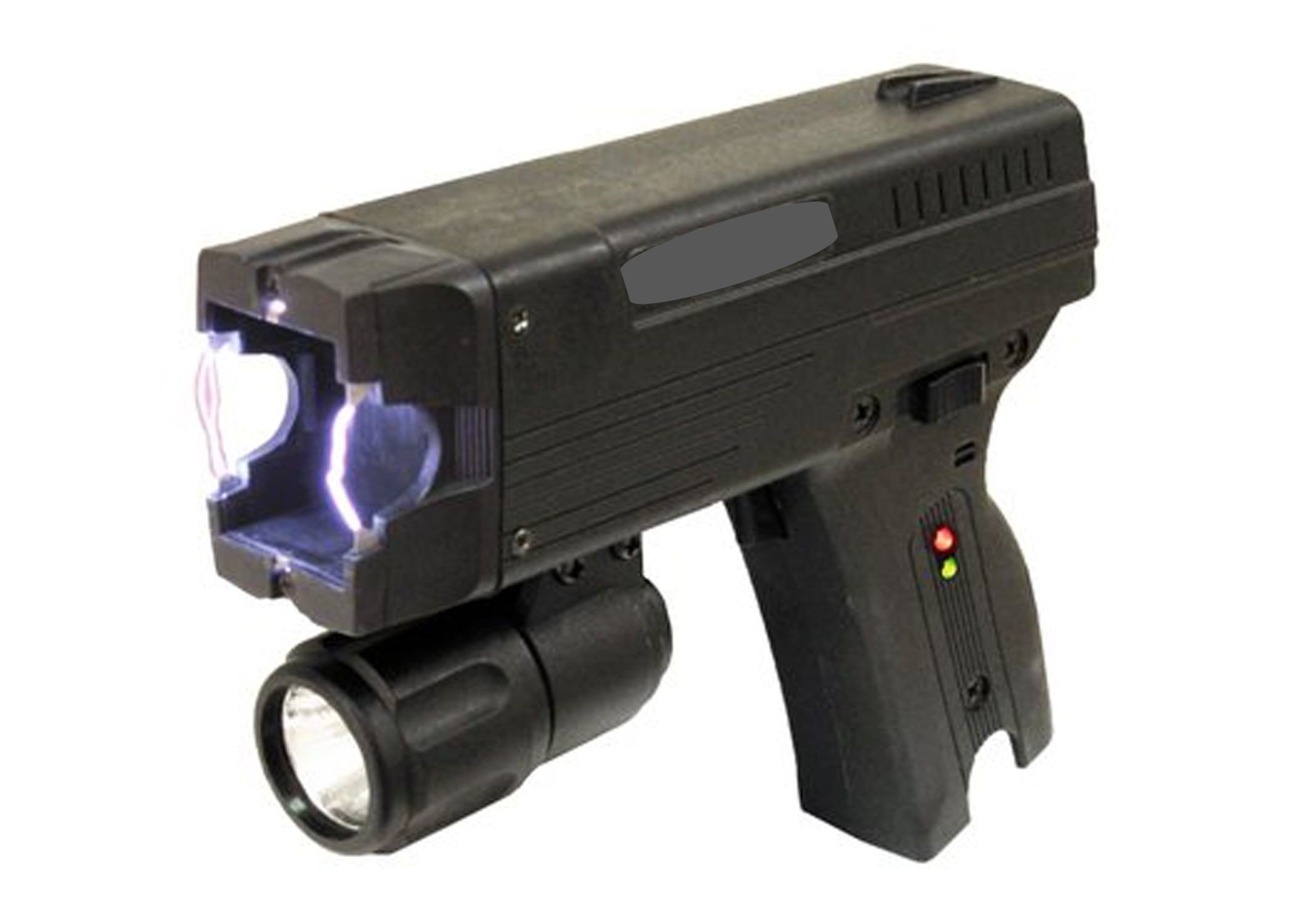
|
Electronic shock weapons (e.g. Tasers) |
FORBIDDEN |
containing dangerous goods such as explosives, compressed gases, lithium batteries, etc. are forbidden in carry-on baggage and checked baggage or on the person |
||

|
Fuel Cells containing flammable gases or water-reactive material |
NO | NO | YES |
|
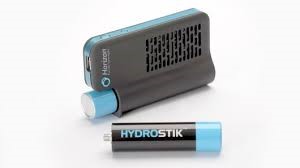
|
Fuel cells containing flammable liquid or corrosive material | NO | YES | YES | |
|
|
Heat producing articles Diving lamps, soldering equipment |
YES | YES | YES |
Quantity limits: None Requires airline approval. Many battery-operated devices such as lamps/lights used in scuba diving and soldering tools can produce intense heat capable of starting a fire if the device is accidentally activated. These are allowed in checked and carry-on baggage, with airline approval, when a component (battery, fuse, heat element) is removed to prevent accidental activation and generation of heat. If the battery has been completely removed then the device is not restricted as a hazardous material. However, if carrying the battery separately, it must be packaged and protected from damage and short circuit. See the separate entries for batteries in this table. |
|
|
Portable electronic devices (PED), containing lithium metal or lithium ion cells or batteries , including medical devices such as portable oxygen concentrators (POC), Cell phones, laptop, camera, smart phones, PDAs containing lithium batteries |
NO* The airline may approve the carriage of more than 15 PED |
YES | YES |
Quantity limits: Each person is limited to a maximum of 15 PED. Spare batteries must be protected from damage and short circuit. see Batteries, Spare/loose, including lithium metal or lithium ion cells or batteries. Most consumer personal electronic devices containing batteries are allowed in carry-on and checked baggage, including but not limited to cell phones, smart phones, PDAs, electronic games, tablets, laptop computers, cameras, camcorders, watches, calculators, etc. This covers typical dry cell batteries and lithium metal and lithium ion batteries for consumer electronics (AA, AAA, C, D, button cell, camera batteries, laptop batteries, etc.) Devices containing lithium metal or lithium ion batteries (laptops, smartphones, tablets, etc.) should be carried in carry-on baggage when possible. When these devices must be carried in checked baggage, they should be turned completely off, protected from accidental activation, and packed so they are protected from damage. Spare (uninstalled) lithium metal and lithium ion batteries are always prohibited in checked baggage and must be placed in carry-on. When a carry-on bag is checked at the gate or at planeside, any spare lithium batteries must be removed from the bag and kept with the passenger in the aircraft cabin. |
|
|
Portable recreational vehicles powered by lithium ion batteries Hover boards, self-balancing scooters, unicycle scooters, etc |
See Details |
See Details | See Details |
This entry is for recreational vehicles powered by lithium ion batteries. When battery-powered vehicles are used by those with a disability, please see the entry for "Wheelchairs and mobility devices…" IMPORTANT: Contact your airline to see if they accept these recreational vehicles as carry-on or checked baggage. Many do not. these devices may be carried like other portable electronic devices in checked or carry-on baggage under the following conditions:
● The airline must approve it. Airline approval is required for any lithium ion battery exceeding 100 watt hours (Wh).* The airline may choose to not accept the devices at all or may limit them to carry-on baggage.
○ Most board-type self-balancing scooters have a watt hour rating of about 158.4 Wh (36 volts x 4.4 Amp hours).
● The device must be protected from accidental activation (the device cannot be accidentally turned on during transit). An airline may require proof of the battery size (in watt hours) if it is not clearly marked on the outside of the device or on the outside of the package that the device is in. IATA guidance for airline staff can be found at IATA Website.
|
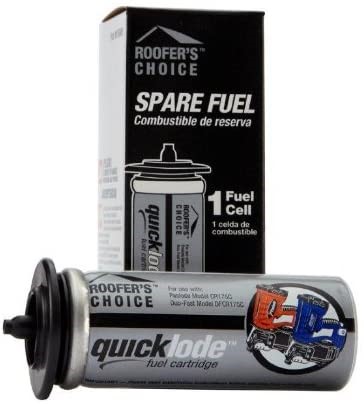
|
Spare Fuel cells and cartridges | NO | NO | YES | |
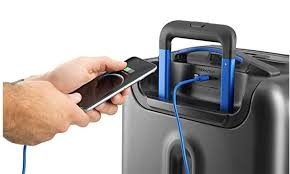 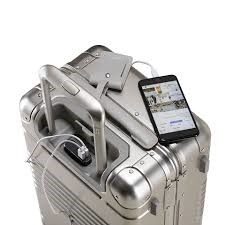
|
Baggage with installed lithium batteries | NO | YES | YES |
● Baggage with non-removable batteries. Batteries must contain no more than 0.3 g of lithium metal or lithium ion must not exceed 2.7 Wh Baggage with installed Non-removable batteries exceeding 0.3 g lithium metal or 2.7 Wh lithium ion are Forbidden Removable batteries considered as spare batteries must be protected from damage and short circuit. see Batteries, Spare/loose, including lithium metal or lithium ion cells or batteries |
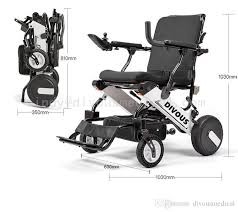 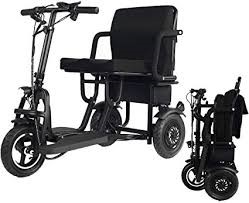 
|
Wheelchairs and mobility devices with lithium ion batteries, collapsible design, battery removed Electric wheelchair, mobility scooter |
YES | NO | YES |
This description is for a wheelchair or mobility device that does not have a protective housing for its lithium ion battery. Lithium ion battery size is limited to 300 watt hours (Wh) or 25 grams equivalent lithium content (ELC). One spare battery not exceeding 300 Wh or two spare batteries not exceeding 160 Wh (13.5 grams ELC) each may be carried in carry-on baggage. Lithium ion batteries must be removed from this type of mobility device and battery terminals protected from short circuit. The lithium ion batteries must be carried in carry-on baggage only. The passenger must advise the airline of the battery location. The airline must notify the Pilot-in-command of the battery location in the cabin.
|
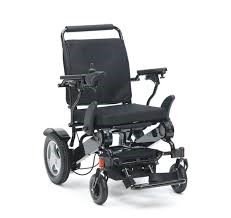 
|
Wheelchairs and mobility devices with lithium ion batteries, normal design, battery installed Electric wheelchair, mobility scooter |
YES | YES | NO |
Lithium metal (non-rechargeable lithium) batteries are forbidden with these devices. Each battery must be of a type which meets the requirements of each test in the UN Manual of Tests and Criteria, Part Ill, subsection 38.3; Lithium ion battery powered wheelchairs or other similar mobility aids for use by passengers whose mobility is restricted by either a disability, their health or age, or a temporary mobility problem (e.g. broken leg) The battery may remain installed only if it is securely attached to the mobility device, the battery housing provides protection from damage, and the terminals are protected from short circuit. The battery cables may remain connected only if the device is protected from accidental activation.
|
 
|
Wheelchairs and mobility devices with non-spillable or dry batteries Electric wheelchair, mobility scooter |
YES | YES | NO |
This description includes wheelchairs and mobility devices with non-spillable (gel cell, absorbed electrolyte) batteries or dry cell batteries. Battery-powered wheelchairs or other similar mobility aids for use by passengers whose mobility is restricted by either a disability, their health or age, or a temporary mobility problem. (e.g. broken leg) The battery may remain installed if it is securely attached to the mobility device, the battery housing provides protection from damage, and the terminals are protected from short circuit. The battery cables may remain connected only if the device is protected from accidental activation.
A passenger may carry a maximum of one spare battery. |
  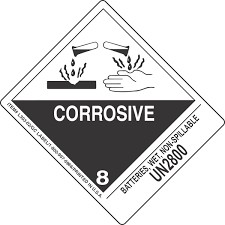
|
Wheelchairs and mobility devices with spillable batteries Electric wheelchair, mobility scooter |
YES | YES | NO |
Battery-powered wheelchairs or other similar mobility aids for use by passengers whose mobility is restricted by either a disability, their health or age, or a temporary mobility problem. (e.g. broken leg) The battery may remain installed if it is securely attached to the mobility device and the battery housing provides protection from damage, the terminals are protected from short circuit, and the battery remains in an upright position when stowed on the aircraft.
|
| Assistive Devices | |||||
|---|---|---|---|---|---|
| Item | Requires airline approval | Check Baggage | Carry-on Baggage | Detail | |
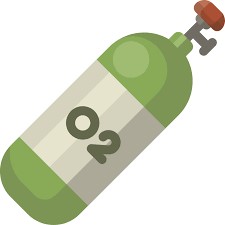 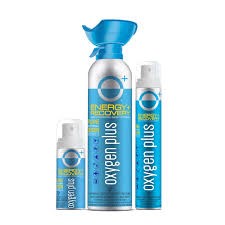
|
Oxygen (compressed or liquid) |
NO |
NO |
Passengers may not carry their own oxygen (compressed oxygen or liquid oxygen) in checked baggage, in carry-on baggage or on their person. Products such as "canned oxygen," "recreational oxygen" and "flavored oxygen" are also prohibited. Airlines are not required to provide oxygen service and many do not. Passengers may carry portable oxygen concentrators (POCs). |
|
|
|
Oxygen or air, gaseous, Cylinders required for medical use | YES | YES | YES |
The cylinder must not exceed 5 kg gross weight. The cylinders, valves and regulators, where fitted, must be protected from damage which could cause inadvertent release of the contents; For complete passenger instructions contact your airline. |
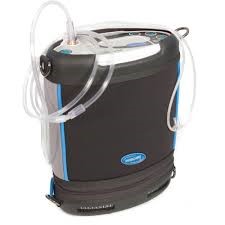
|
Portable oxygen concentrators (POCs) Inogen One, Sequal Eclipse, Airsep Lifestyle |
YES | YES | YES |
Portable oxygen concentrators (POCs) do not actually contain or generate oxygen, they concentrate it from the ambient air. Those depending on a POC while traveling must bring sufficient spare batteries in carry-on baggage for the duration of the flight. Spare batteries must be protected from damage and short circuit |
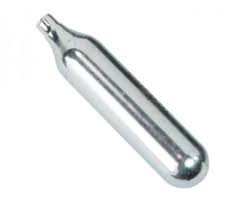 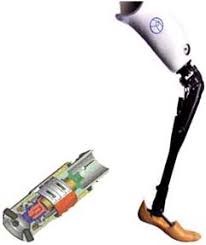
|
Small compressed gas cylinders for mechanical limbs |
NO | YES | YES |
Quantity limits: A sufficient number of cylinders/cartridges to ensure an adequate supply for the duration of the journey. Cylinders/cartridges containing nonflammable, nontoxic gases may be worn in mechanical limbs and spare cylinders/cartridges may be carried in carry-on or checked baggage. |
With the aim of preventing undeclared dangerous goods from being loaded on an aircraft and of preventing passengers from taking on board those dangerous goods which they are not permitted to have in their baggage. The following is a list of general descriptions and the types of dangerous goods that may be included in any item bearing that description.
Some everyday household items bear consumer warning labels which may or may not indicate they are classified as dangerous goods in air transport. All over the world there are different laws on how to identify the hazardous properties of chemicals (called ‘classification’) and how information about these hazards is then passed to users (through consumer supply labels and safety data sheets for workers). This can be confusing because the same chemical can have different hazard descriptions in different countries. For example, a chemical could be labelled for supply as ‘toxic’ in one country, but not in another. For this reason, the UN brought together experts from different countries to create the Globally Harmonized System of Classification and Labelling of Chemicals (GHS).
Products bearing the following GHS labels may indicate as dangerous goods:

|

|

|

|

|

|

|
Note: A product bearing the GHS corrosive label (depicted far right above) is NOT classified as dangerous goods if the signal word ‘Danger’ and hazard statement ‘causes serious eye damage’ applies.
Products bearing the following GHS labels (and none of the above) are NOT classified as dangerous goods:

|

|
Dangerous Goods, including excepted packages of radioactive material, are forbidden for carriage by passenger or crew
except as permitted on above dangerous goods lists for personal use.
For more information on dangerous goods, Please contact us:
Flight Operations Standards Department (OPS), Dangerous Goods Standards Division
The Civil Aviation Authority of Thailand
222 Soi Vibhavadi Rangsit 28, Vibhavadi Rangsit Road, Chatuchak, Chatuchak, Bangkok, Thailand 10900
TEL: 02-568-8800 ext.8843 or 0612
Mobile: 063-2058838 (Mon-Fri, 08:30-16:30 LT)
Email: [email protected]
Simply scan the QR Code to save this page on your phone